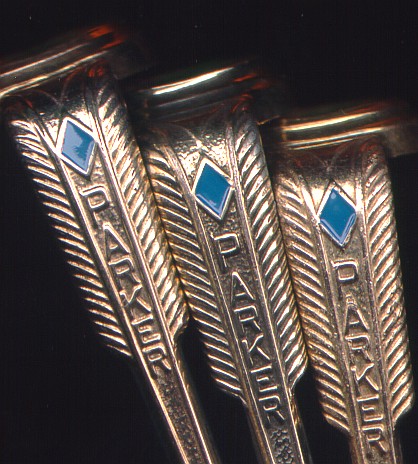This is a Parker Sonnet on my workbench for some nib work. Notice the corrosion to the trim ring that has caused the gold plating to be lost.
Folks, I don’t want to insult anyone, but it is a disgraceful engineering decision to succumb to a superficial desire for a bit of flash and as a result trade off durability. There’s a reason that for a hundred years, no quality fountain pen had a plated trim ring located at the front of the gripping section where the base metal would unstoppably fall victim to chemical attack from ink. Not until a later version of the Parker 75 did such a “feature” appear on a quality fountain pen, to my knowledge (think about it). The change to the 75 I consider a simple misjudgment, but on modern pens, where the lesson has long been known, it is inexcusable.
Pens made this way are embodiments of pen manufacturers saying to their customers, “you don’t know or care about true quality, so we will ply you with snazzy aesthetics even though these expensive pens are doomed.” And they are doomed — all of them. Doomed. Really.
Don’t buy pens with plated trim rings just behind the nib. I don’t care if they cost $1,000. They’re not really writing instruments at all. They’re pocket decoration. If I were shopping for a modern pen, I’d be insulted that manufacturers think I’m so superficial as to be taken in by shiny stuff at the expense of truly engineered durability.
P. S. A few years after selling you that expensive, doomed pen, the manufacturer will likely no longer have replacement parts. This ain’t the 1970s, when Sheaffer was still servicing pens from the 1930s.





















